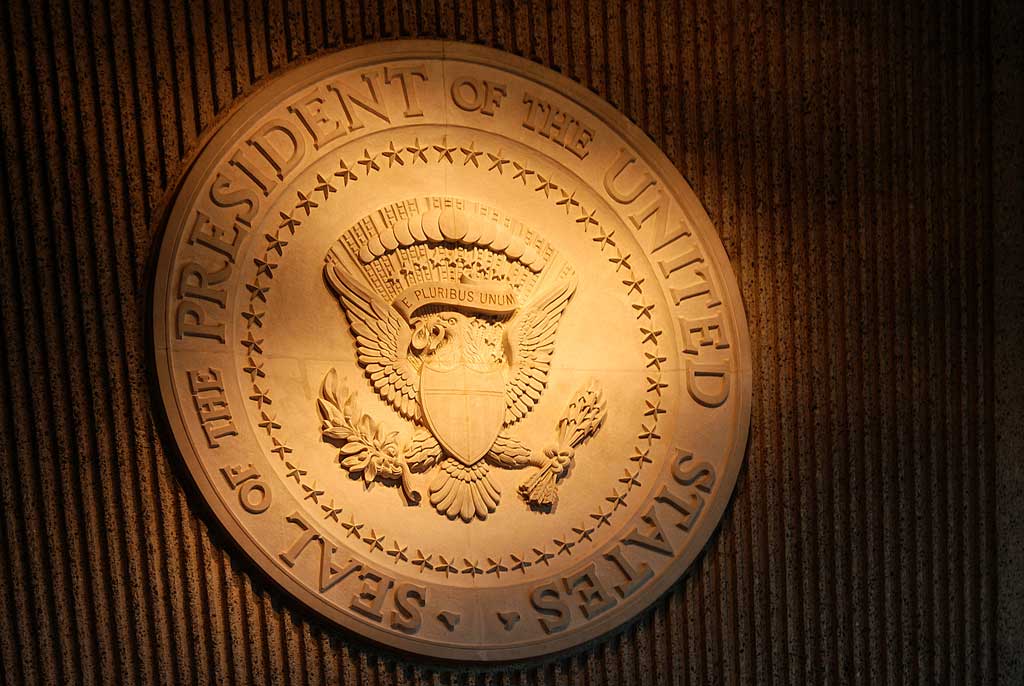On August 31, 2018, President Trump signed an Executive Order on Strengthening Retirement Security in America. This EO directs the US Department of Labor and the Treasury to consider issuing regulations and guidance that would (1) make it easier for businesses to offer association retirement plans, also known as multiple employment plans (MEP), (2) improve the effectiveness of and reduce costs of furnishing required plan notices and disclosures, to include broader use of electronic delivery, and (3) update life expectancy and distribution period tables for purposes of required minimum distributions.
This push by the current administration is designed to get DOL and Treasury to move on issues that have been discussed for years, but with very little action taken. Congress currently has bills before them to address two of the three issues: open MEPs and better use of electronic delivery. This presidential EO adds additional pressure to get these bills passed.
Background
With the demise of traditional pension plans starting back in the 1990s, it has increasingly become the burden of the employee to properly plan for and save for retirement. The primary means for employees to fund their future retirement is via an employer’s defined contribution plan utilizing the 401(k) provision of the tax code allowing employees to contribute to their retirement plan with pre-tax dollars. There have been many improvements to defined contribution plans and the administration of those plans over the years to encourage employee participation. For years, the biggest driver to get employee participation was the employer match when employees made contributions followed by auto-enrollment and the qualified default investment alternative (QDIA) that have helped to increase participation rates, as well.
But there are many small employers that are just not large enough to offer a 401(k) plan. There are just not enough dollars in these plans to entice the traditional 401(k) providers to go down market to service these small employers. This leaves many employers without the ability to offer a defined contribution retirement plan or perhaps have to offer some form of IRA accounts. With the White House pushing for open MEP arrangements, this could open the door for thousands of small employers to band together to offer plans similar to those being offered by only the largest employers today. These larger 401(k) plans offer a multitude of investment choices at the lowest possible cost.
Effects of Executing the Executive Order
The HR 854 bill is currently before Congress, which would eliminate two burdensome requirements affecting MEPs: the common Nexus requirement, and the “one bad apple” rule that disqualifies the whole MEP if one employer fails to meet the plan’s requirements. If open MEPs are approved, the market will step up to create and service these plans as this represents the last segment of the market to get coverage in the defined contribution plan market.
On the topic of electronic delivery of plan notices and disclosures, there is already legislation before Congress that could help with e-delivery. The bi-partisan bill HR 4610 “Receiving Electronic Statements to Improve Retiree Earnings” act (RETIRE) would allow plan sponsors to automatically enroll participants in electronic delivery for plan communications while providing an opt-out option for employees who still prefer to get paper documents. More utilization of electronic delivery of documents and disclosures will not only save millions spent on mailing paper documents but will also be much more convenient and allow for faster dissemination of these required disclosures.
The last item covered by the Executive Order is one that currently does not have a bill before Congress but addresses a need that has been present for many years. That is the need to re-visit the life expectancy and distribution period tables that govern the required minimum distribution or RMD. The RMD requires individuals to start withdrawing from their retirement plan accounts by April 1 following the year they attain age 70-½. The purpose behind the rule is to keep retirees from indefinitely holding retirement funds in their tax-deferred accounts and not paying income taxes on those funds. The amount you must withdraw annually is based upon your age (and spouses’ age), and the percentage of your account you must withdraw increases as you get older. The EO just states that Treasury should look at updating the mortality tables more often as Americans are living longer. The longer mortality would decrease the amount of RMDs individuals would have to take annually, which would make a lot of people happy. They might also want to consider pushing the mandatory age for withdrawals out to say age 75, as people are living longer and may need more funds later in life.
The bottom line is that the items covered in the Executive Order would be positive steps in helping to promote defined contribution plans and the administrative rules applicable to them and is further recognition that defined contribution plans are indeed America’s retirement plan.
Contact us to learn more and with any questions, you may have about retirement security.

